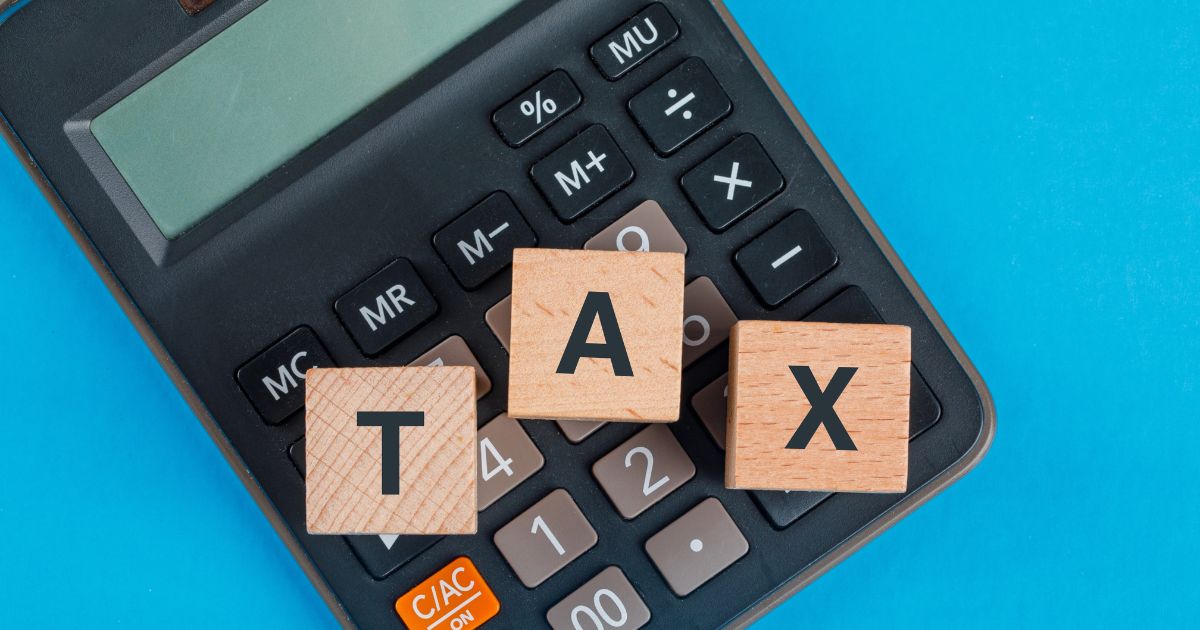In a bid to stimulate the country’s consumption and sustain its impressive GDP growth, the government is considering significant changes to personal income tax rates. Multiple officials have indicated that the Centre may raise the income threshold for tax exemption in the upcoming budget, expected to be presented in mid-July.
Proposed Tax Reforms
Currently, individuals are taxed on incomes above Rs 3 lakh. However, the new proposal aims to increase this limit to Rs 5 lakh for those filing returns under the new tax regime. This move is designed to leave more disposable income in the hands of taxpayers, especially those in the lower income brackets.
A final decision on the proposal will be made closer to the budget presentation. If implemented, the changes could significantly reduce tax liabilities across various income groups:
- Incomes Between Rs 7.6 Lakh and Rs 50 Lakh: Tax liability could decrease by Rs 10,400 (including a 4% Health & Education cess).
- Incomes Between Rs 50 Lakh and Rs 1 Crore: Tax savings of Rs 11,440 (including cess and a 10% surcharge).
- Incomes Between Rs 1 Crore and Rs 2 Crore: Liability reduction of Rs 11,960 (including cess and a 15% surcharge).
- Incomes Above Rs 2 Crore: Benefit of Rs 13,000 (including cess and a 25% surcharge).

Expert Opinions
Experts believe this increase in the basic tax exemption limit under the new tax regime will be a positive step. One expert noted, "Increasing the basic tax exemption limit to Rs 5 lakh will result in at least Rs 10,000 in tax savings for individuals earning above this threshold, except those already receiving a rebate for incomes up to Rs 7 lakh. This change will help boost personal disposable income, encouraging spending and investment, which are crucial for economic growth."
Another expert emphasized that the change would benefit taxpayers exceeding the rebate limit under section 87A, particularly those opting for the new tax regime.
Background and Current Tax Regimes
In Budget 2020, the government introduced a new tax regime allowing individuals to choose between the existing structure with specific investment-linked deductions and exemptions, or a new system offering lower tax rates but without most deductions.
- Old Tax Regime: Provides deductions for investments and exemptions such as house rent and leave travel allowances.
- New Tax Regime: Offers blanket lower tax rates but requires forgoing most deductions and exemptions.
Unlikely Changes in Higher Income Slabs
Despite requests from industry representatives, the Centre is unlikely to reduce the highest individual income tax slab rate under the new regime from 30% to 25%. An official explained, "Changes in higher income tax slabs are unlikely because the consumption boost is currently needed for lower-income people."
Similarly, no adjustments are expected in the old tax regime, despite requests to raise the threshold for the highest 30% tax rate from Rs 10 lakh to Rs 20 lakh. This is part of a strategy to encourage more taxpayers to switch to the new regime, which minimizes exemptions and rebates.
Strategic Focus
The government prioritizes reducing personal income tax rates over increasing subsidies and welfare schemes, which are prone to inefficiencies. "Tax rate cuts are a more effective way to boost consumption in the economy compared to welfare schemes, which often suffer from leakages," stated another official.
Addressing Consumption Growth
The government's measures to enhance consumption come amid concerns about private consumption growth, which has hit a 20-year low of around 4%, excluding the pandemic year. This is despite the nation achieving a robust GDP growth rate of 8.2% in FY24.
The proposed tax cuts aim to revitalize consumer spending, ultimately sustaining the country's economic momentum and ensuring inclusive growth.







 CAclubindia
CAclubindia
